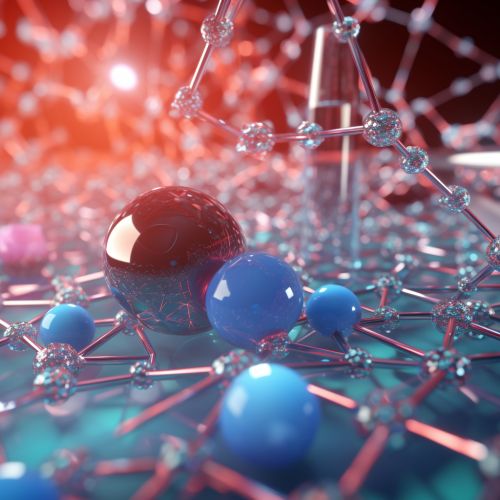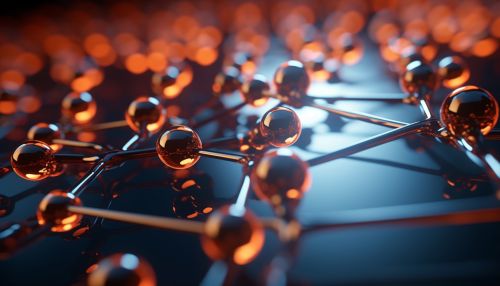Advances in Bioorthogonal Chemistry for Drug Development
Introduction
Bioorthogonal chemistry is a rapidly growing field that has made significant contributions to drug development. This branch of chemistry involves the study of chemical reactions that can occur inside living systems without interfering with native biochemical processes. The term "bioorthogonal" was coined by Carolyn R. Bertozzi, a pioneer in the field, to describe these reactions that are "orthogonal" or independent of the complex and delicate network of reactions occurring in a living organism read more.
Bioorthogonal Reactions
Bioorthogonal reactions are characterized by their ability to proceed in a biological environment without interacting with or disturbing the native biochemical processes. These reactions typically involve the use of artificial chemical functionalities that do not naturally occur in biological systems, allowing them to be selectively targeted for chemical modification. The most common types of bioorthogonal reactions include the Staudinger ligation, the copper(I)-catalyzed azide-alkyne cycloaddition (CuAAC), and the strain-promoted azide-alkyne cycloaddition (SPAAC) read more.


Applications in Drug Development
The unique properties of bioorthogonal reactions have made them a valuable tool in drug development. These reactions can be used to selectively modify biological molecules, enabling the creation of novel drug molecules with improved properties. Bioorthogonal chemistry has been used in the development of antibody-drug conjugates (ADCs), bioconjugates, prodrugs, and radiolabeled drugs read more.
Antibody-Drug Conjugates
Antibody-drug conjugates (ADCs) are a class of therapeutics that combine the specificity of antibodies with the potency of cytotoxic drugs. Bioorthogonal chemistry has been used to create site-specific ADCs, where the drug is attached to a specific site on the antibody. This can improve the stability, efficacy, and safety of the ADC read more.
Bioconjugates
Bioconjugates are molecules that consist of a biological molecule, such as a protein or peptide, linked to a non-biological entity, such as a drug or imaging agent. Bioorthogonal chemistry allows for the selective modification of these biological molecules, enabling the creation of bioconjugates with improved properties read more.
Prodrugs
Prodrugs are inactive derivatives of drug molecules that are designed to be metabolized into their active forms within the body. Bioorthogonal chemistry can be used to create prodrugs that are selectively activated in the presence of a specific enzyme or condition, improving the selectivity and safety of the drug read more.
Radiolabeled Drugs
Radiolabeled drugs are molecules that have been labeled with a radioactive isotope, allowing them to be tracked within the body. Bioorthogonal chemistry can be used to selectively label these drugs, enabling the creation of radiolabeled drugs with improved properties read more.
Future Perspectives
The field of bioorthogonal chemistry continues to evolve, with new reactions and applications being discovered on a regular basis. The development of novel bioorthogonal reactions that are faster, more selective, and more biocompatible will further expand the potential applications of this technology in drug development. In addition, the integration of bioorthogonal chemistry with other technologies, such as nanotechnology and synthetic biology, is expected to lead to the creation of novel therapeutics and diagnostic tools read more.
